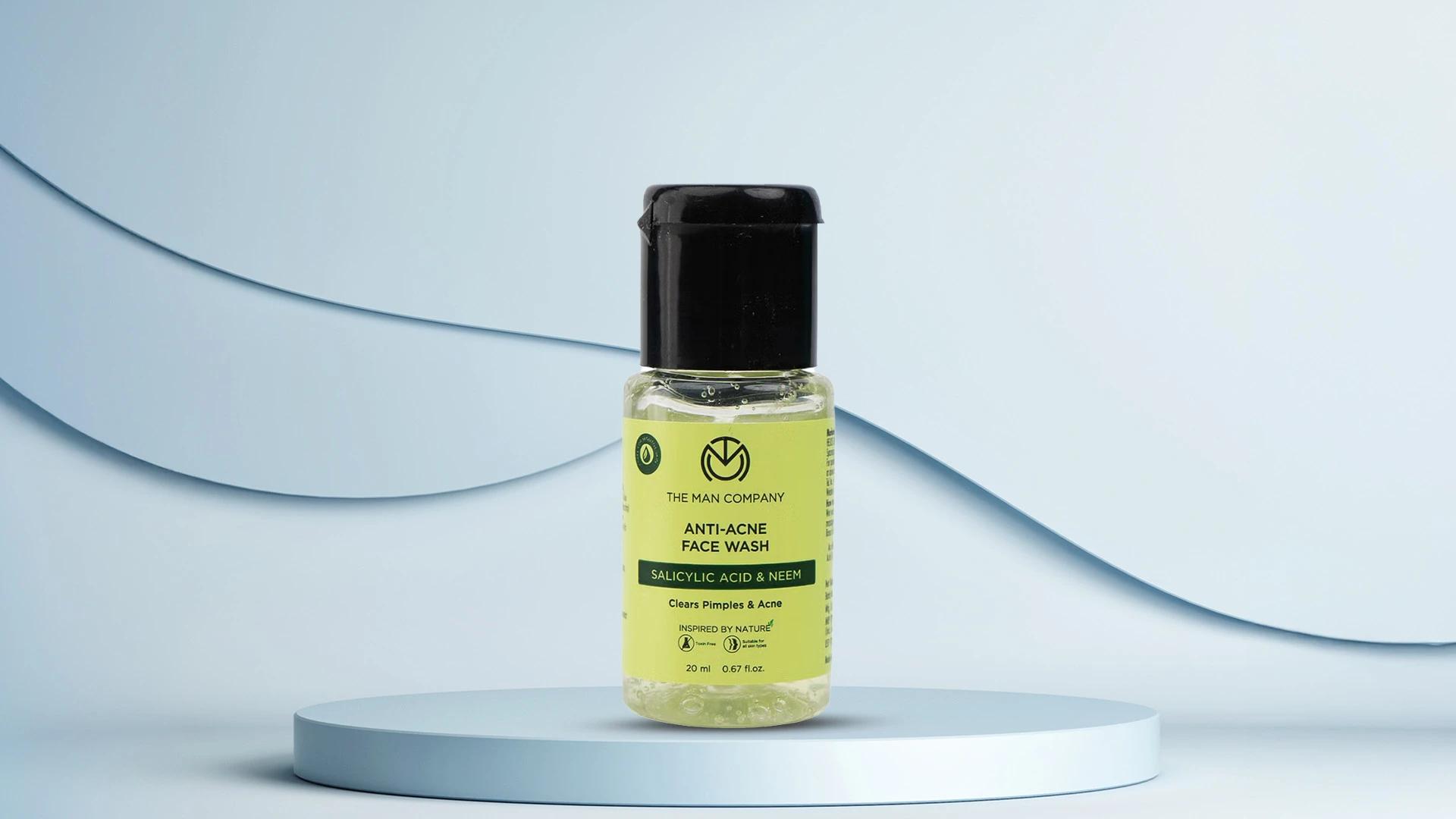Real talk, if you've got oily skin, you know the struggle. That midday shine, makeup sliding off by noon, and the constant battle between feeling fresh and looking like you've just run a marathon. But here's the thing—having oily skin isn't a curse, it's just your skin type being a bit extra. With the right approach and these eight essential skincare steps for oily skin, you can totally nail that balanced, healthy glow you've been after. Let's dive into your new oil control routine that actually works.
Understanding Oily Skin
Oily skin happens when your sebaceous glands go a bit overboard with oil production. Think of sebum as your skin's natural moisturiser—except sometimes it gets way too generous. Hormones, genetics, climate, and even stress can trigger this excess sebum production, leaving you with that greasy feeling.
Here's where loads of people get it wrong: they think oily skin means skipping moisturiser or scrubbing their face raw. Actually, over-cleansing often makes your skin produce even more oil to compensate. Your skin's basically saying, "Oh, you took away all my moisture? Let me make double the amount!" Not exactly what we're going for.
The 8-Step Essential Skincare Checklist for Oily Skin
Your cleansing routine for greasy skin doesn't have to be complicated. These eight steps will help you master sebum regulation whilst keeping your skin happy and balanced. Each step targets different aspects of oil control, from managing shine to preventing breakouts.
Step 1: Gentle Cleansing
Start with a gentle cleanser that removes excess oil without stripping your skin. Look for gel or foam cleansers with salicylic acid or niacinamide. Cleanse twice daily—morning and night—but resist the urge to go overboard. Your skin needs some natural oils to function properly.
Step 2: Exfoliation for Shine Control
Exfoliation helps remove dead skin cells that can clog pores and make your complexion look dull. Chemical exfoliants like BHA (salicylic acid) work brilliantly for oily skin as they penetrate pores. Stick to 2-3 times per week—daily exfoliation will irritate your skin and trigger more oil production.
Step 3: Balancing with Toner


 50 ml
50 ml 175 ml
175 ml 100 ml
100 ml 225 ml
225 ml